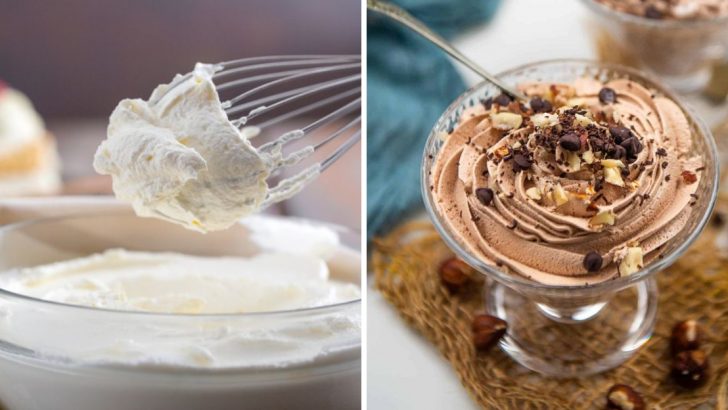Light as air and deceptively simple, mousse is the kind of dessert that leaves no room for shortcuts. One wrong move and it deflates, curdles, or turns into a sad puddle pretending to be fancy.
Even seasoned bakers can fall into the trap of overmixing or under-chilling. If your mousse never quite sets or tastes more like whipped confusion, you’re not alone—these are the mistakes that sabotage silky success.
1. Rushing The Chilling Process

Patience isn’t just a virtue—it’s the secret ingredient in perfect mousse. Shoving your freshly made creation into the freezer for a “quick set” is like trying to force a soufflé to rise with angry stares. Your mousse needs time in the refrigerator to develop its signature texture.
The refrigerator’s gentle cold allows air bubbles to stabilize while flavors meld together in a delicate dance. Freezer shortcuts lead to ice crystals that destroy the velvety texture you’ve worked so hard to achieve.
2. Overwhipping The Cream
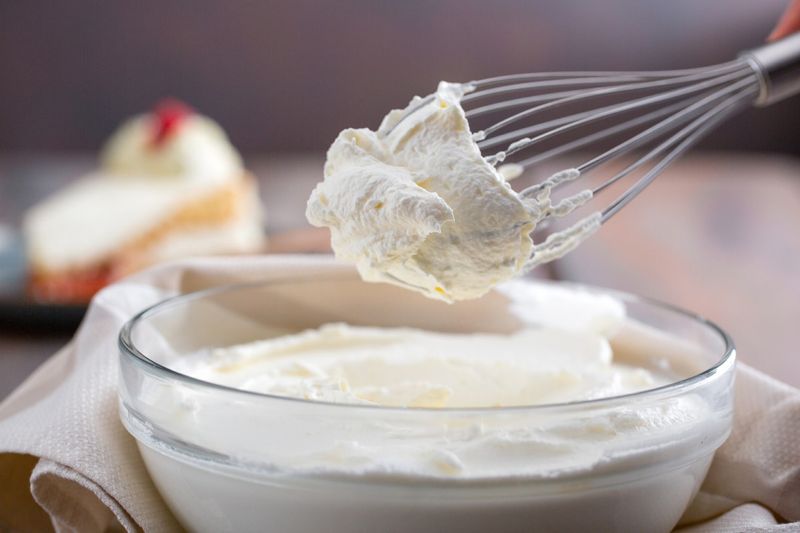
Whipped cream transforms from silky cloud to grainy butter in seconds! That moment when you glance at your phone while the mixer runs can spell disaster for your mousse. Overwhipped cream refuses to fold properly, leaving lumpy pockets throughout your dessert.
Stop whipping when soft peaks form—the cream should gently curl when you lift the beater. The visual cue? Your cream should resemble soft waves, not stiff mountain peaks.
3. Skipping The Straining Step
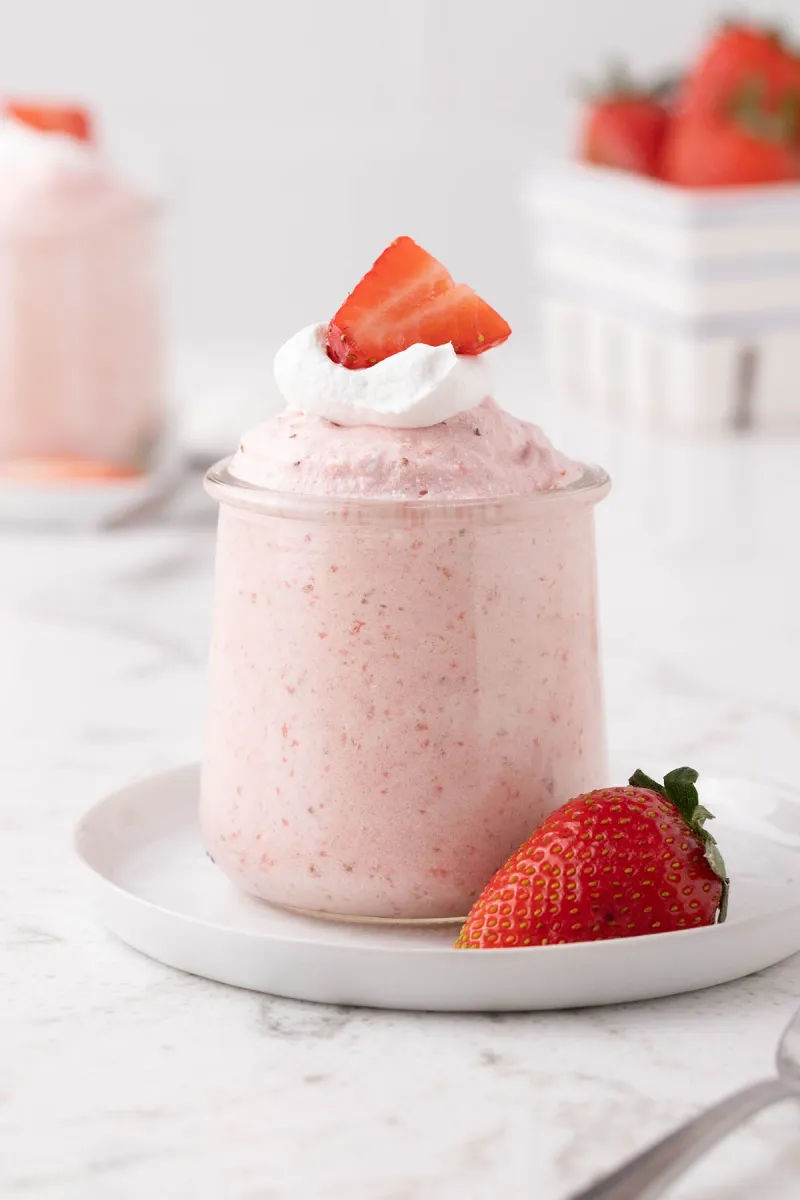
“Who needs to strain melted chocolate?” asks the cook about to experience chunky mousse syndrome. Those tiny, hardened bits of chocolate or fruit fibers might seem insignificant, but they’re texture saboteurs waiting to ruin your silky creation.
A fine-mesh sieve is your best friend when making mousse. It catches egg chalazae (those stringy white bits), unmelted chocolate pieces, and fruit seeds that would otherwise create an unwelcome surprise with each spoonful.
4. Folding With Brute Force
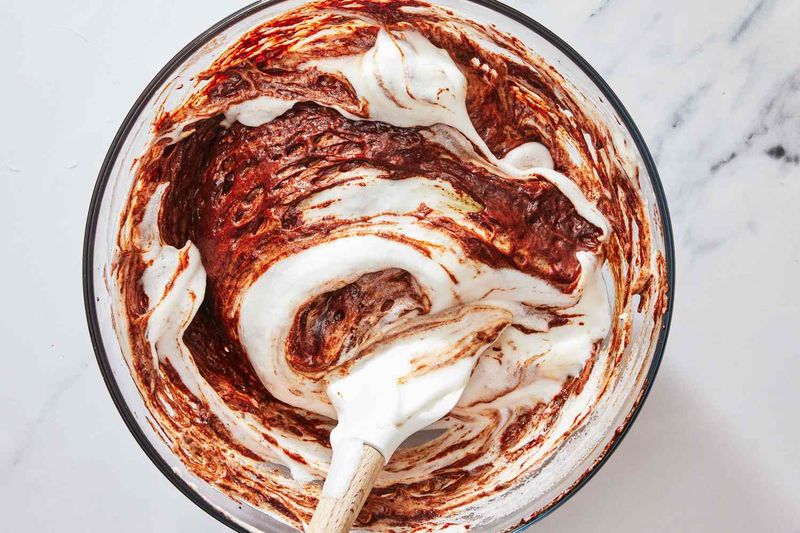
Attacking your mousse mixture like you’re kneading bread dough? Kiss those precious air bubbles goodbye! Aggressive mixing deflates the very structure that gives mousse its name (which literally means “foam” in French).
The folding technique requires a gentle hand. Imagine tucking a child into bed rather than stuffing a sleeping bag. Cut through the center with your spatula, then sweep around the bowl’s edge, gradually incorporating ingredients without knocking out the air.
5. Using Cold Eggs In Chocolate Mousse
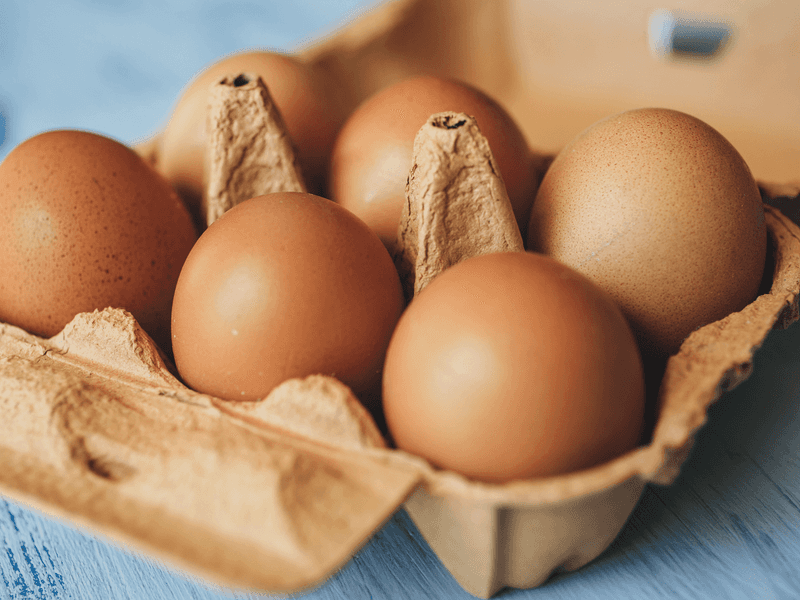
Cold eggs meeting warm chocolate create the culinary equivalent of a horror movie—instantly seized chocolate that transforms into grainy, unusable clumps. Temperature shock is real, and your mousse will suffer the consequences!
Room temperature eggs blend seamlessly with melted chocolate, maintaining that smooth emulsion that defines perfect mousse. If you’re in a hurry, place eggs in warm (not hot) water for 5-10 minutes before cracking.
6. Forgetting To Bloom Gelatin Properly
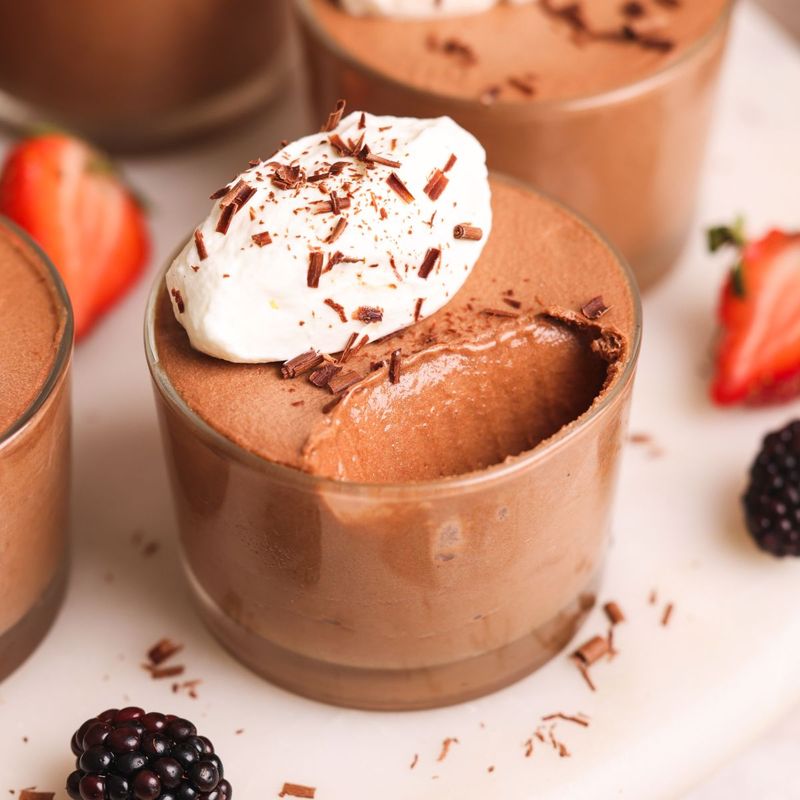
Crunchy, undissolved gelatin granules hiding in your mousse? Nightmare fuel! Tossing gelatin directly into your mixture is like throwing uncooked pasta into cold sauce—it simply doesn’t work.
Gelatin needs to bloom (soak in cold liquid) for a full 5 minutes until it resembles soft, translucent jelly. Only then should you gently heat it until dissolved but never boiling—high heat destroys its setting properties.
7. Adding Flavorings At The Wrong Time

Dumping vanilla extract into whipped cream might seem innocent enough—until your beautiful peaks collapse faster than a soufflé in a slamming door contest. Timing is everything with flavor additions!
Alcohol-based extracts and acidic fruit juices can destabilize whipped components if added at peak fluffiness. Instead, add these flavor bombs to your base before whipping, or to your egg mixture where they’ll cause less structural damage.
8. Using The Wrong Chocolate Quality

Bargain bin chocolate chips masquerading in your mousse? Your taste buds are filing a complaint! Unlike cookies where chocolate melts into the background, mousse puts chocolate center stage—every flavor note gets amplified.
Choose chocolate with at least 60% cacao for dark mousse, and real cocoa butter for any variety. Those “chocolate-flavored” baking chips contain vegetable fats that create an unpleasant waxy mouthfeel and refuse to melt properly.
9. Serving At The Wrong Temperature
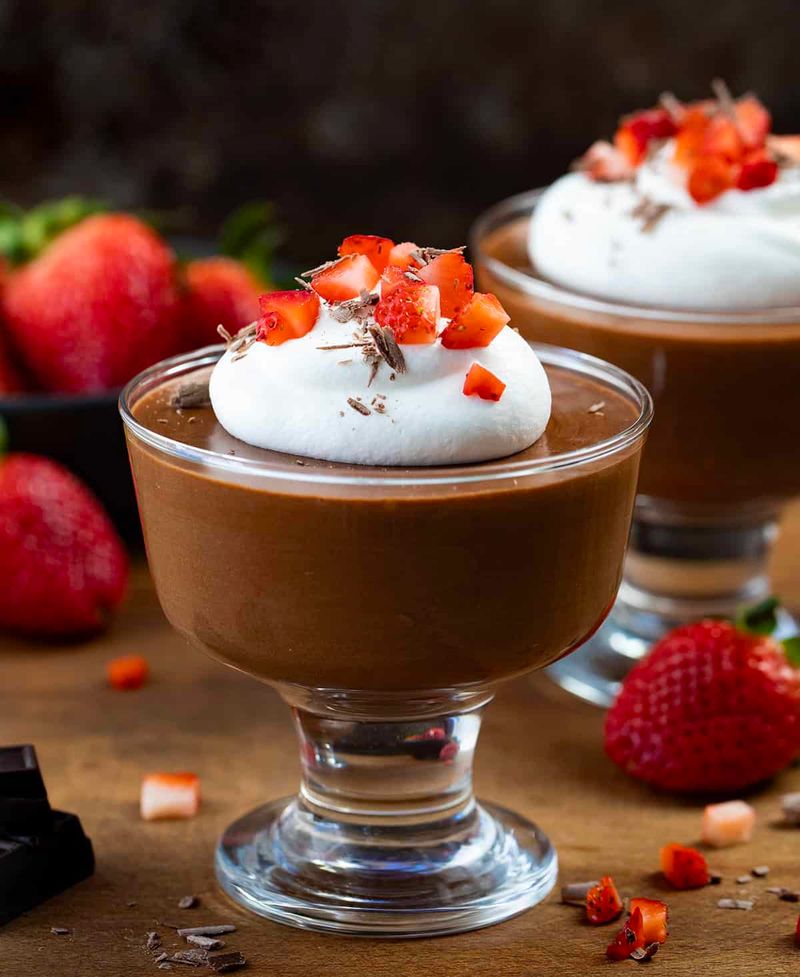
Straight-from-the-fridge mousse is about as flavorful as licking a cold stone! Freezing temperatures numb your taste buds, hiding all those nuanced flavors you worked so hard to create.
The perfect mousse needs 15-20 minutes at room temperature before serving. This slight warming allows the fats to soften, releasing aromatic compounds that enhance the flavor experience dramatically. Watch your guests’ faces light up when they taste properly tempered mousse for the first time!
10. Ignoring The Power Of Salt
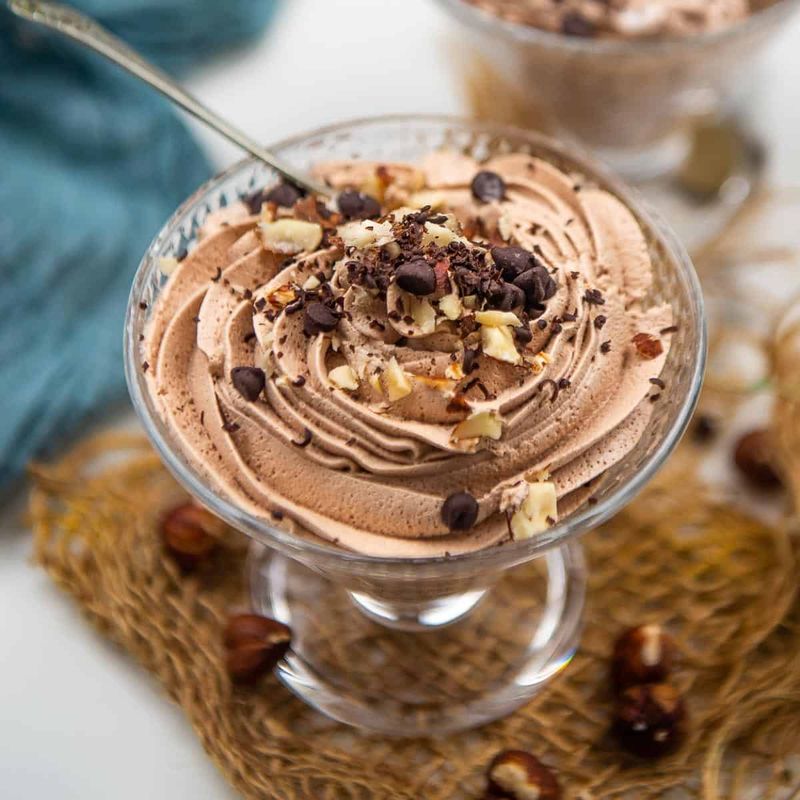
“Salt in dessert? Preposterous!” cry the uninitiated, while pastry chefs everywhere roll their eyes. The absence of salt in your mousse recipe isn’t sophisticated—it’s a missed opportunity for flavor enhancement that borders on culinary negligence.
A tiny pinch of salt doesn’t make mousse salty; it amplifies sweetness while cutting through richness. This magical mineral suppresses bitterness and balances flavors, especially in chocolate varieties where it transforms one-note sweetness into complex decadence.

